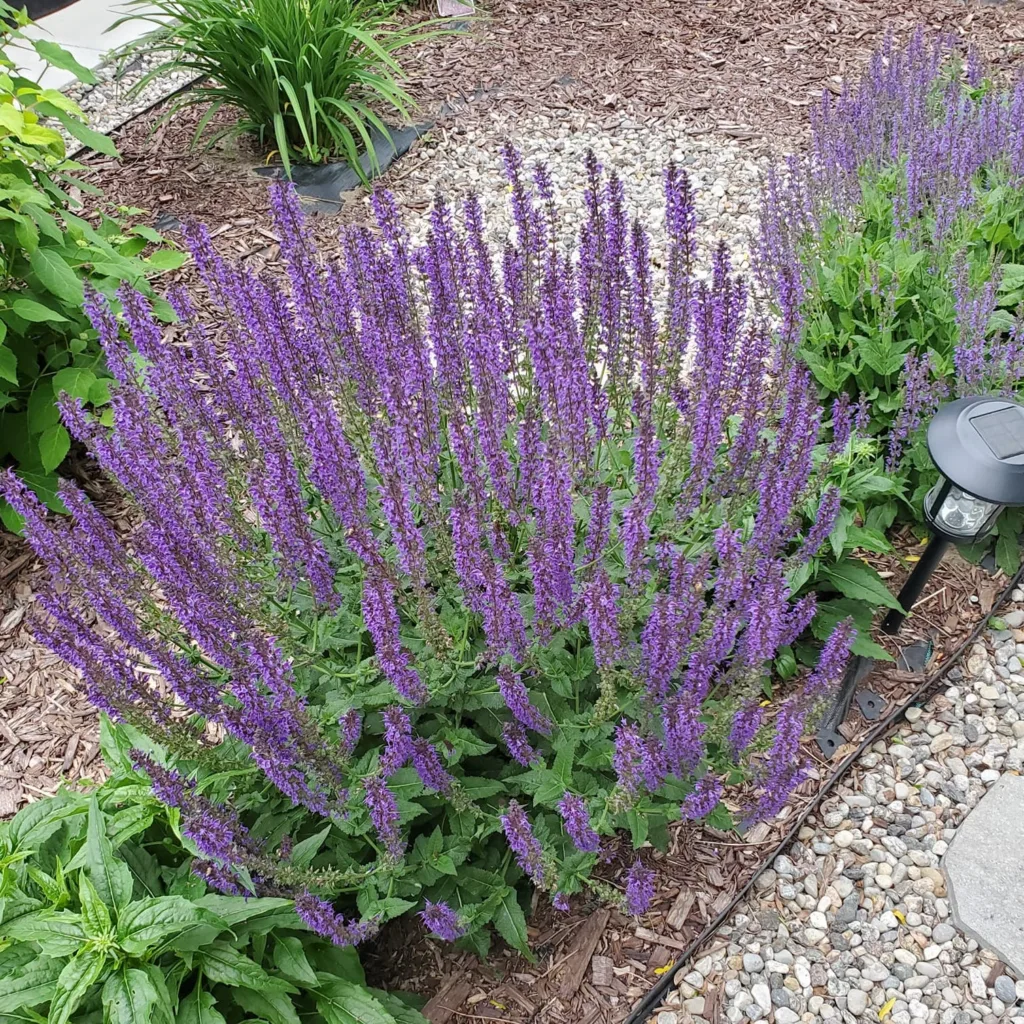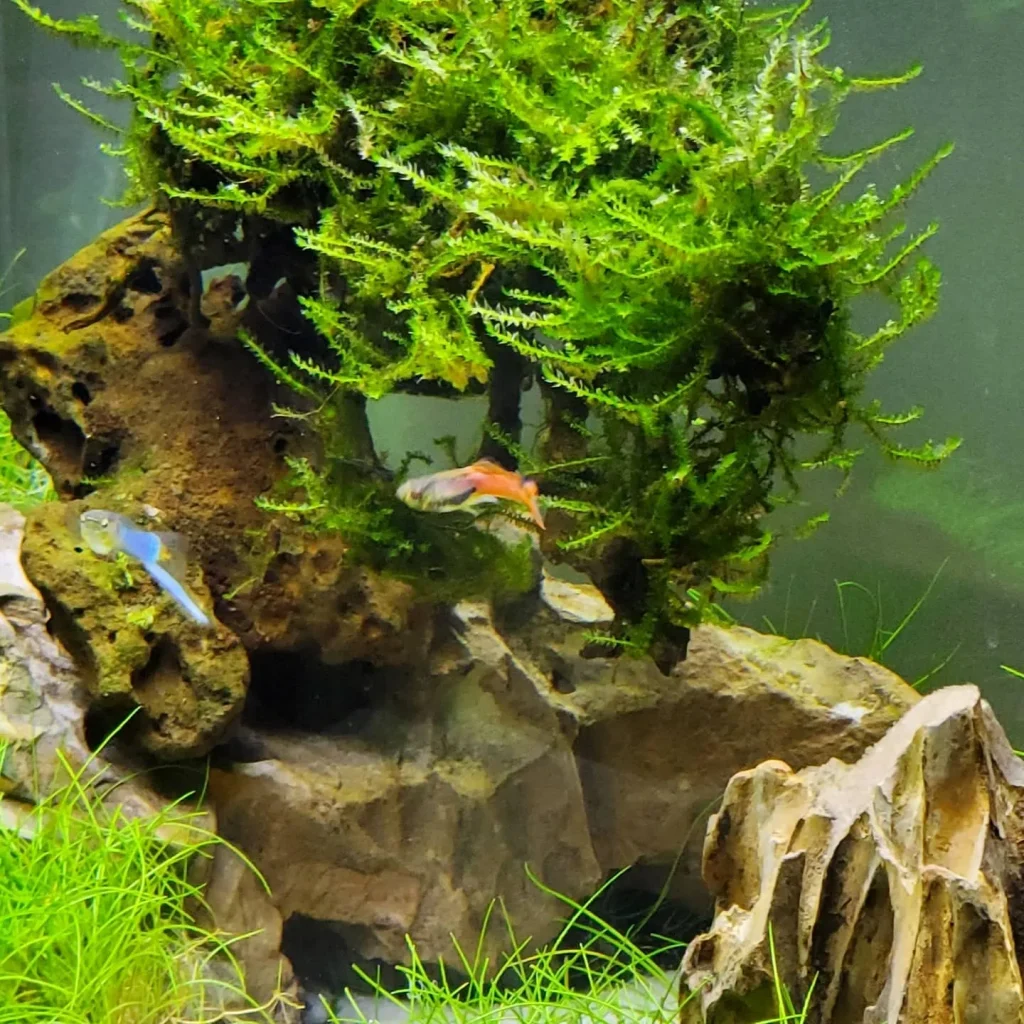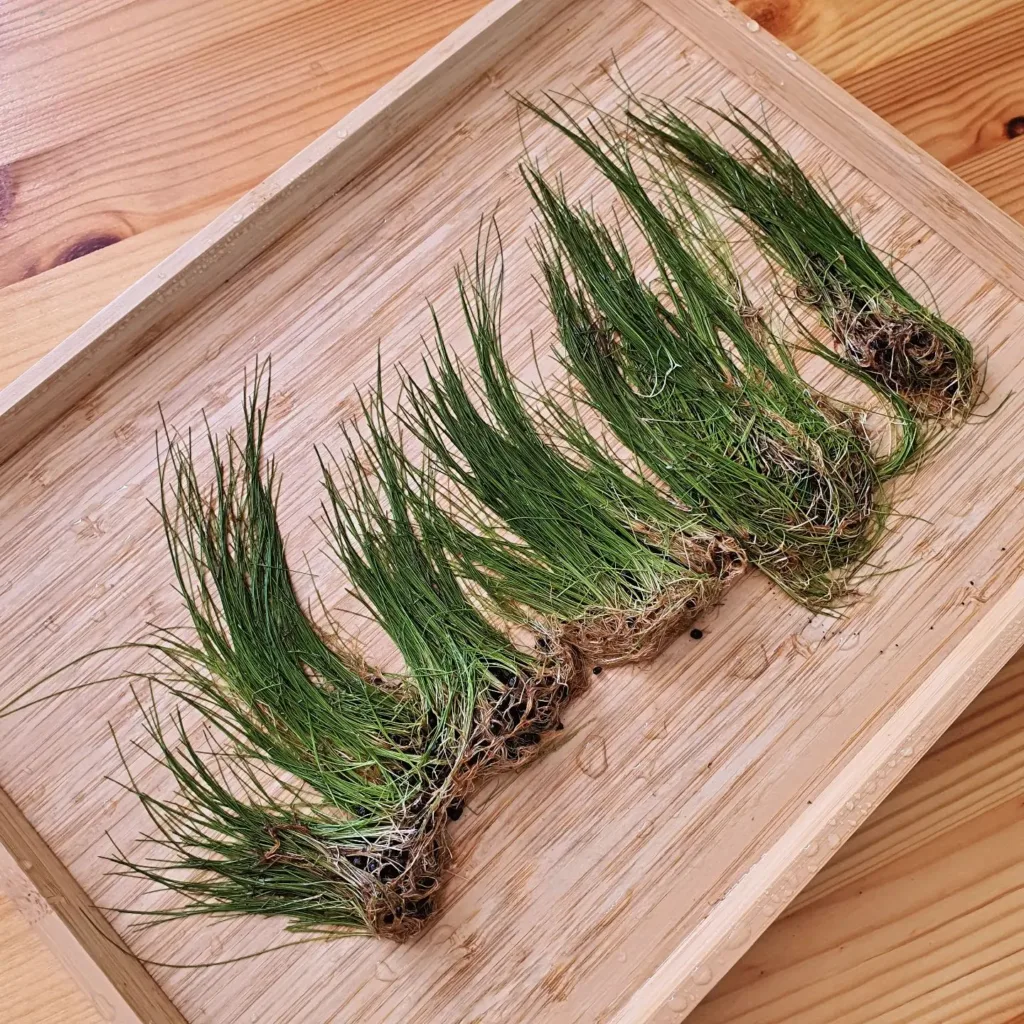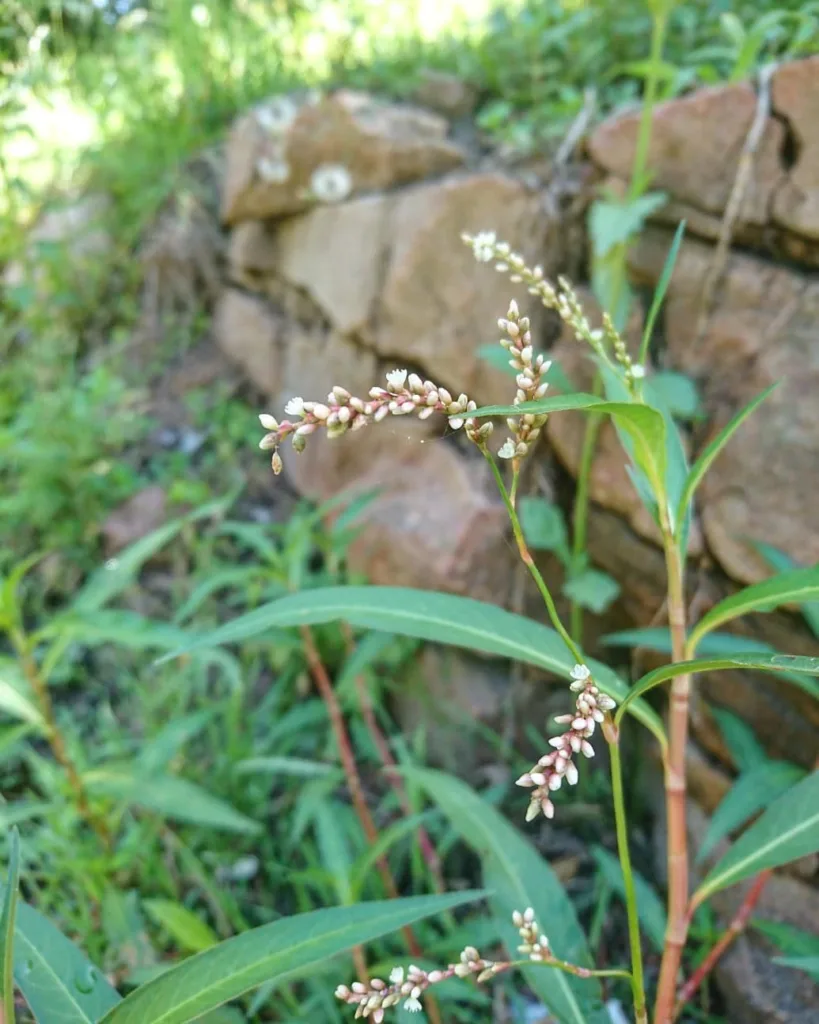FAQs About Goodyera Pubescens
As a plant enthusiast, I often get questions about Goodyera Pubescens, also known as the Downy Rattlesnake Plantain. This unique orchid is native to North America and stands out with its striking foliage. If you’re considering adding Goodyera Pubescens to your collection, here’s a comprehensive guide to help you understand this fascinating plant.
What Is Goodyera Pubescens?
Goodyera Pubescens, commonly known as the Downy Rattlesnake Plantain, belong to the Orchidaceae family, is a terrestrial orchid found in wooded areas across North America. It’s known for its beautiful, green leaves that are often marked with white veins, giving them a distinctive, rattle-like appearance. This orchid is a part of the Goodyeraceae family and is appreciated for its adaptability and aesthetic appeal.
Plant Family: 740 Gnera in Orchidaceae
How to Care for Goodyera Pubescens?
Caring for Goodyera Pubescens is relatively straightforward, but it does have specific needs to thrive:
- Light: Goodyera Pubescens prefers bright, indirect light. It can tolerate some shade, but too much direct sunlight can scorch its leaves.
- Water: Keep the soil consistently moist but not waterlogged. I water mine whenever the top inch of soil feels dry. It’s essential to use well-draining soil to prevent root rot.
- Humidity: This plant thrives in high humidity. If you live in a dry climate, consider using a humidifier or placing the pot on a tray of water and pebbles.
- Temperature: Goodyera Pubescens prefers cool to moderate temperatures, ideally between 60-75°F (15-24°C). It can tolerate brief periods of cooler temperatures, but avoid exposing it to frost.
- Fertilizer: Feed the plant with a balanced orchid fertilizer every 4-6 weeks during the growing season. Reduce feeding in winter when the plant’s growth slows down.
How to Propagate Goodyera Pubescens?
Propagating Goodyera Pubescens can be a bit tricky, but it’s possible with patience and care:
- Division: The most common method is dividing the plant. Wait until it has several growths or offshoots. Carefully separate these from the main plant, ensuring each section has a good root system. Replant them in separate pots.
- Seeds: You can also propagate from seeds, though this method is more complex and requires specific conditions. Seeds need a sterile medium and precise temperature and humidity levels to germinate successfully.
What to Plant With Goodyera Pubescens?
Goodyera Pubescens pairs well with other shade-loving plants and those that enjoy similar growing conditions. Here are a few suggestions:
- Ferns: Varieties like Maidenhair Fern or Boston Fern complement the aesthetic of Goodyera Pubescens and thrive in similar conditions.
- Hostas: These plants enjoy the same shade and humidity, making them ideal companions.
- Heucheras: Their varied foliage colors can create a beautiful contrast with the Goodyera’s patterned leaves.
Is Goodyera Pubescens Toxic?
Good news—Goodyera Pubescens is not toxic to humans or pets. Its non-toxic nature makes it a safe choice for households with children and animals.
Benefits of Growing Goodyera Pubescens
- Aesthetic Appeal: The unique leaf patterns add visual interest to any plant collection.
- Adaptability: It’s a hardy plant that can thrive in a variety of conditions, making it suitable for beginners.
- Low Maintenance: With the right conditions, Goodyera Pubescens requires minimal care, which is perfect for those who prefer a low-maintenance plant.
Common Problems with Goodyera Pubescens
- Root Rot: This is the most common issue, often caused by overwatering or poor drainage. Ensure the soil is well-draining and avoid waterlogging.
- Pests: While rare, pests like aphids or spider mites can occasionally affect Goodyera Pubescens. Regularly inspect the plant and treat any infestations promptly.
- Leaf Spots: Spots or discoloration on leaves may indicate too much direct sunlight or inconsistent watering. Adjust the plant’s care routine accordingly.
Comparing Goodyera Pubescens with Other Orchids
If you’re considering Goodyera Pubescens but are unsure how it stacks up against other orchids, here’s a quick comparison:
- Goodyera Pubescens vs. Phalaenopsis: Unlike the Phalaenopsis, which is epiphytic and prefers brighter light, Goodyera Pubescens is terrestrial and thrives in lower light conditions with high humidity.
- Goodyera Pubescens vs. Cattleya: Cattleyas are larger and require more light and fertilizer compared to the more modest and low-maintenance Goodyera Pubescens.
- Goodyera Pubescens vs. Dendrobium: Dendrobiums need more frequent feeding and bright light, whereas Goodyera Pubescens is more forgiving and easier to care for.
In conclusion, Goodyera Pubescens is a beautiful and adaptable orchid that can enhance any plant collection with its unique foliage and low maintenance needs. Whether you’re a seasoned collector or just starting out, it’s a worthwhile addition to your garden.
If i die, water my plants!



